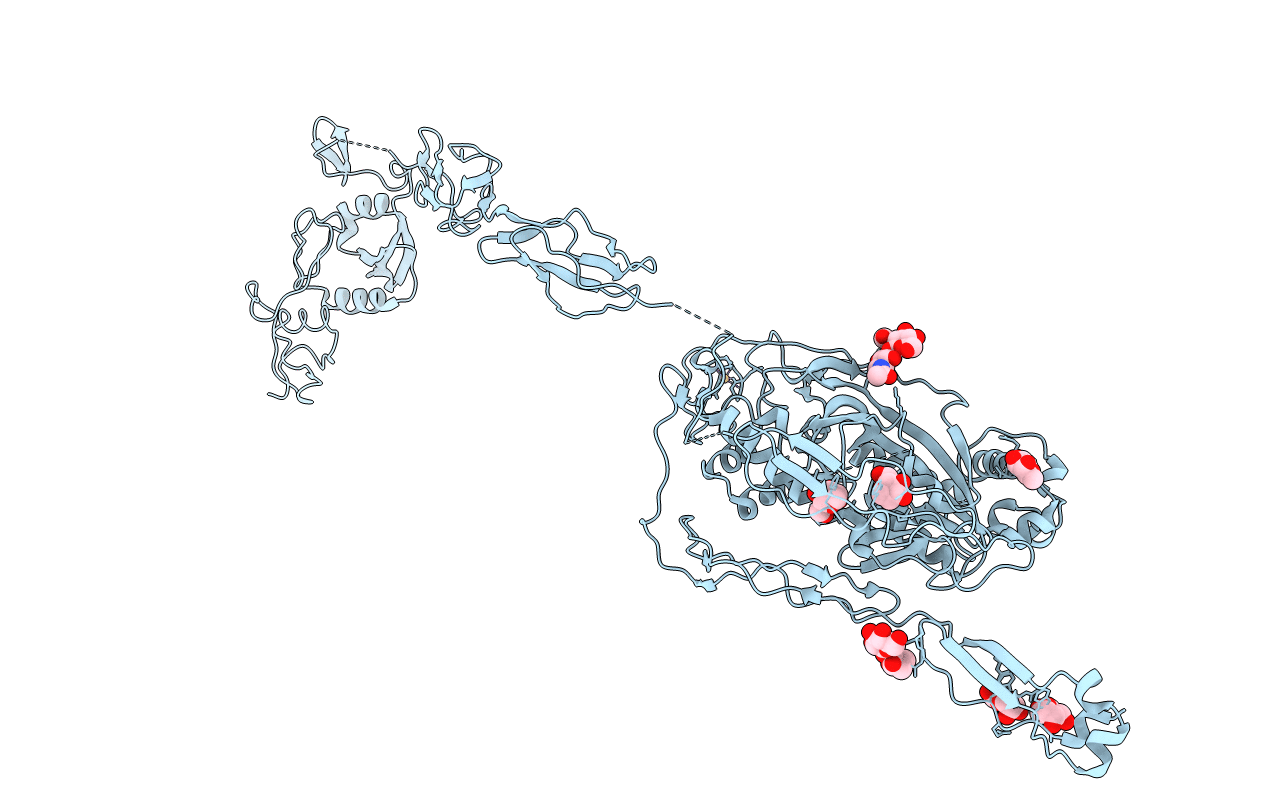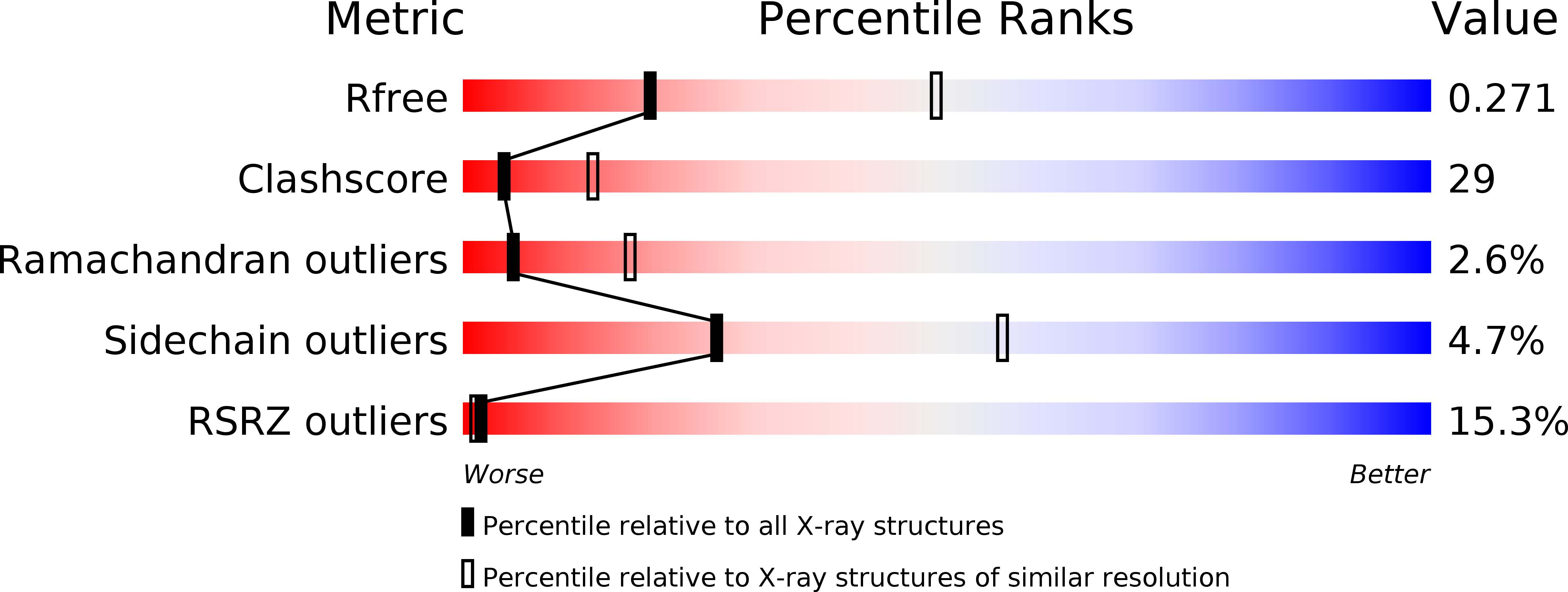
Deposition Date
2011-07-27
Release Date
2012-02-01
Last Version Date
2024-11-27
Method Details:
Experimental Method:
Resolution:
2.87 Å
R-Value Free:
0.27
R-Value Work:
0.22
R-Value Observed:
0.22
Space Group:
P 21 21 2


